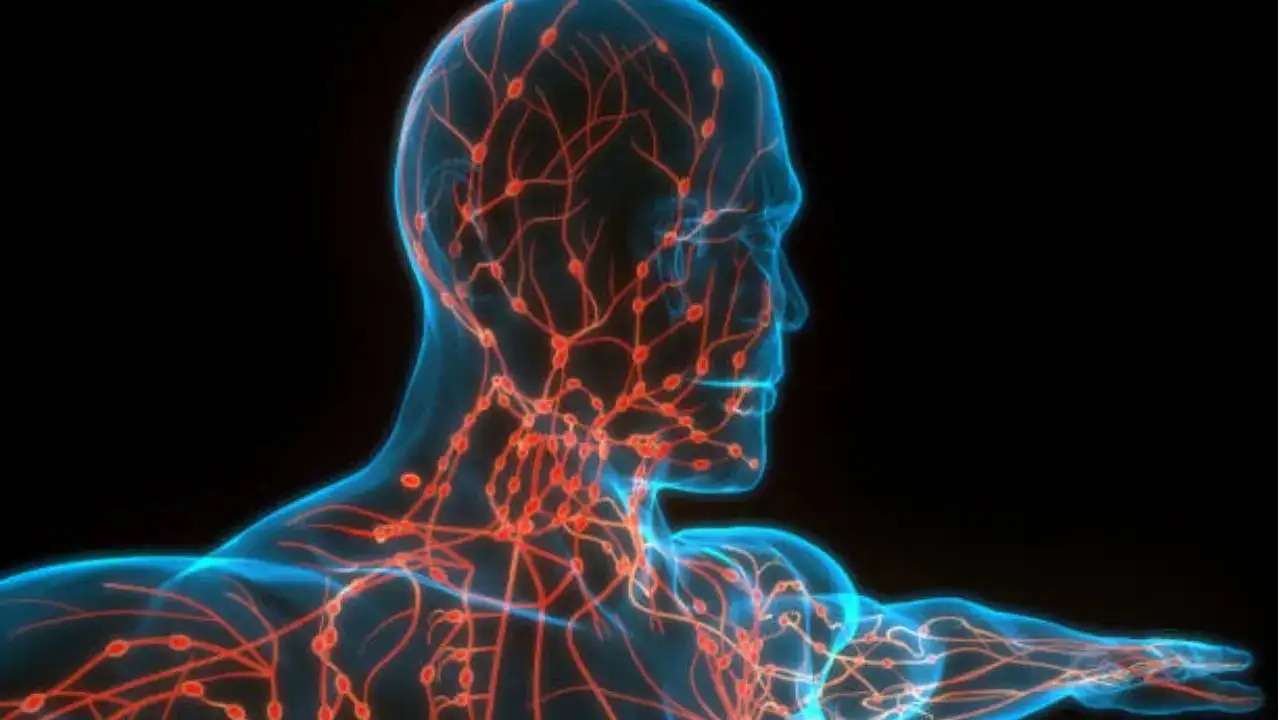
Cancer cells travel through the lymph system after breaking away from the initial tumour, leading them to the lymph nodes
When the doctors do tests to diagnose cancer, they always check your lymph nodes to see how much it has spread. This information not only helps them figure out how advanced the cancer is but also guides treatment decisions. Doctors say the type of cancer and its progression depend on how far cancerous cells can spread to other parts of your body and grow into new tumoursalso known as metastasis.
Cancer cells travel through the lymph system after breaking away from the initial tumour, leading them to the lymph nodes, which are oval-shaped organs found in numerous parts of the body, including the armpits, neck, and groin. As a part of the immune system, they attack viruses by filtering lymph before sending the fluid back through the lymphatic system.
Symptoms of cancer spreading to the lymph nodes
If your cancer cells have spread to your lymph nodes or beyond, a few symptoms include:
- A lump or swelling in your neck, under your arm, or in your groin
- Swelling in your stomach
- Breathlessness if the cancer spreads to the lungs
- Pain
- Headaches
- Seizures or dizziness
Doctors say you may not experience noticeable symptoms of cancer cells spreading to your lymph nodes, and so, it is important to get a proper diagnosis, as they can help determine if the cancer is isolated to one region or has metastasised further.
How can you detect cancerous lymph nodes?
An ultrasound, MRI, or CT scan can detect enlarged lymph nodes that are not outwardly visible. If detected, a biopsy will usually be performed to check for cancer.
During breast and skin cancer surgery, a sentinel node biopsy is typically performed in which a few lymph nodes are removed to check for cancer.
How can you treat cancer when it spreads to the lymph nodes?
Cancer that has spread to the lymph nodes is removed through surgery or may be treated with chemotherapy, radiation, other anti-cancer medicines such as antibodies, CAR-T cells, small molecule drug inhibitors, or a combination of these.
When lymph nodes are removed from the armpits or groin with surgery, 30 to 50 per cent of patients will develop lymphedema of the arms or legs. Lymphedema develops when there is a blockage anywhere along the lymphatic system pathway and leads to swelling of the arms or legs, pain, possible infection, and reduced mobility.
As a result, there are several studies in progress to determine if radiation may be a better alternative than surgery. Doctors suggest that if you notice a swollen lymph node that does not get better after two weeks, consider making an appointment with your doctor to get it evaluated.
